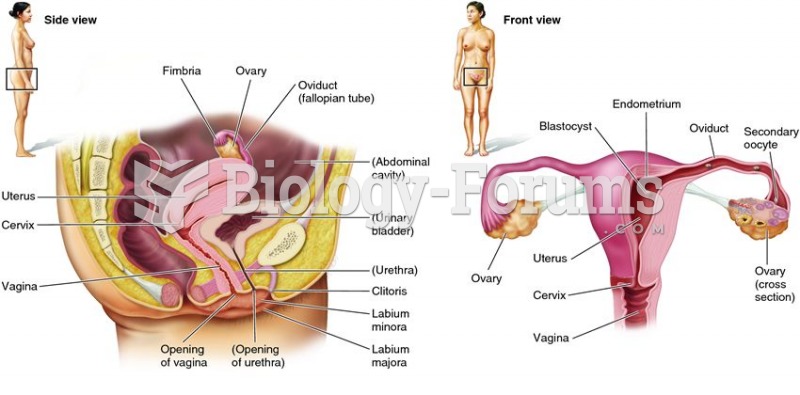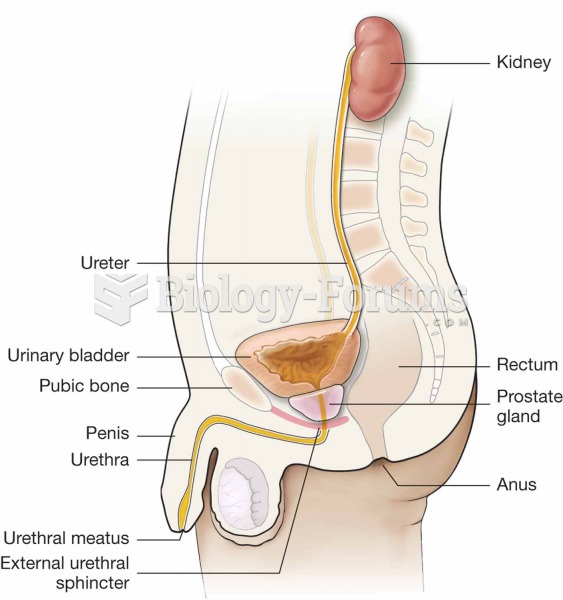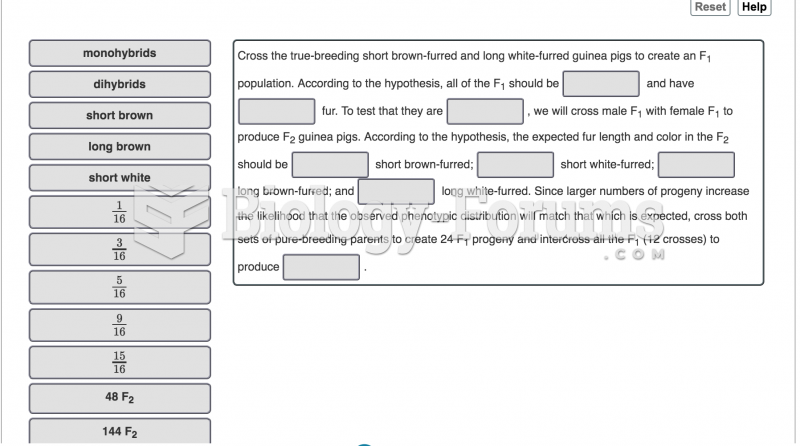This topic contains a solution. Click here to go to the answer
|
|
|
Did you know?
There are 20 feet of blood vessels in each square inch of human skin.
Did you know?
Symptoms of kidney problems include a loss of appetite, back pain (which may be sudden and intense), chills, abdominal pain, fluid retention, nausea, the urge to urinate, vomiting, and fever.
Did you know?
Excessive alcohol use costs the country approximately $235 billion every year.
Did you know?
Illicit drug use costs the United States approximately $181 billion every year.
Did you know?
The average human gut is home to perhaps 500 to 1,000 different species of bacteria.







